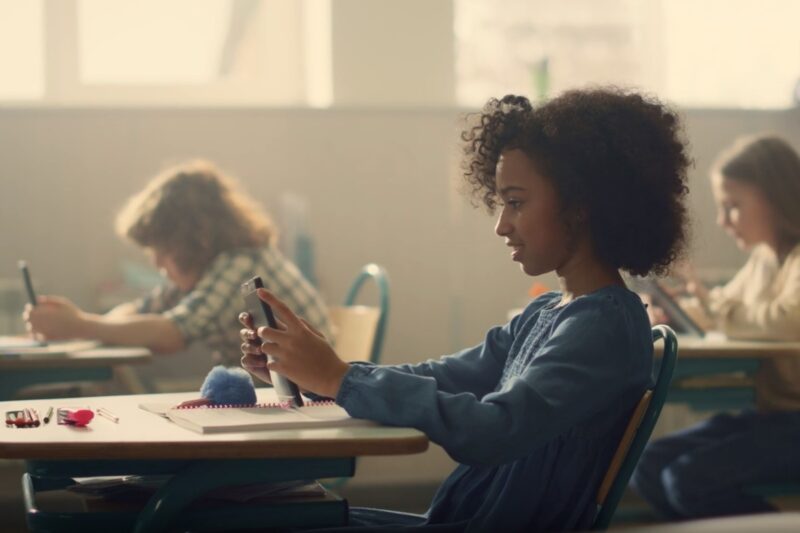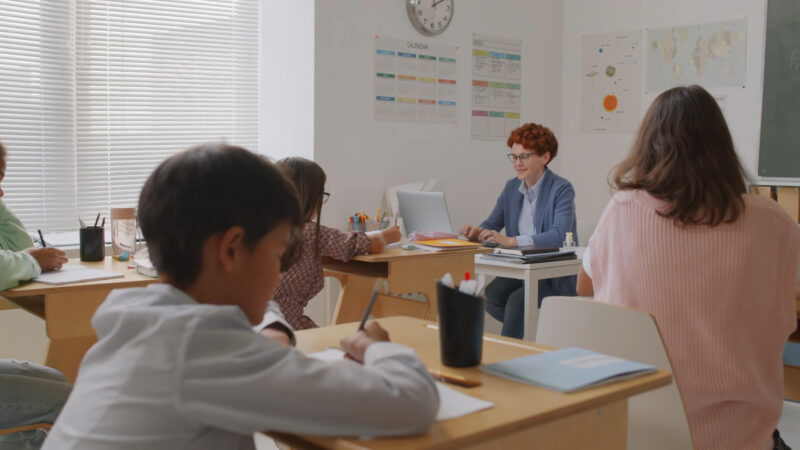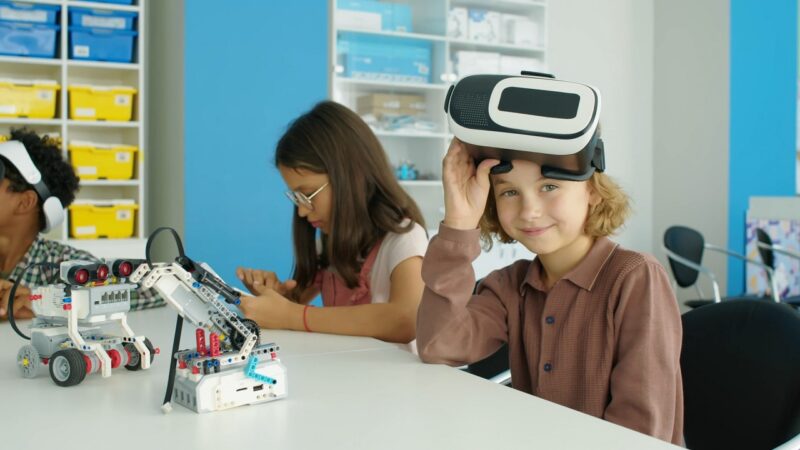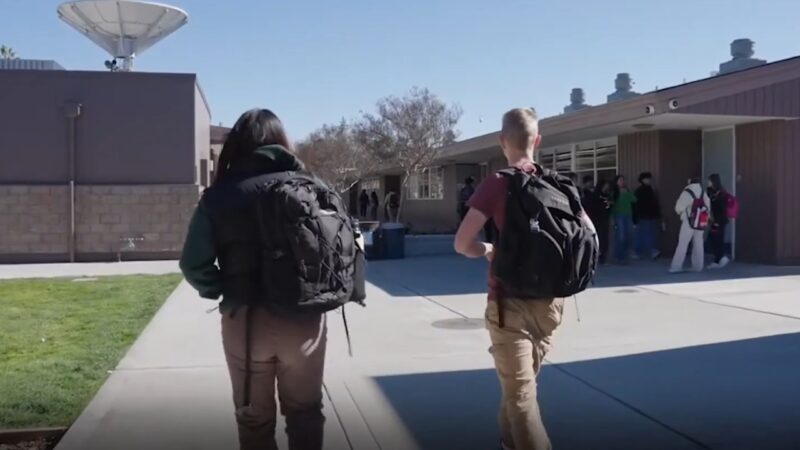As a teacher, I’ve implemented smartphones into my educational strategies. Given their prevalence and capabilities, these devices could significantly take learning experiences in classrooms to the next level.
It’s worth exploring how smartphones, essentially compact computers, might improve student engagement and facilitate access to educational resources.
Let’s take a look at the ways smartphones could positively impact education.
1. Enhancing Learning Opportunities
I perceive smartphones as powerful tools for accessing a wide range of information instantly.
This access enables students to explore topics better, promoting curiosity and self-motivated learning. The capability to reach beyond classroom walls and engage with global perspectives and current data is transformative.
The variety of educational apps available makes learning more interactive and captivating. These apps accommodate different subjects and learning preferences, providing tailored experiences that can improve understanding and memory retention.
In my classroom, I use interactive quizzes to engage students and enhance their learning experience. For example, I create quizzes using platforms like Kahoot or Quizizz, which are both user-friendly and highly interactive.
Here’s how I implement them:
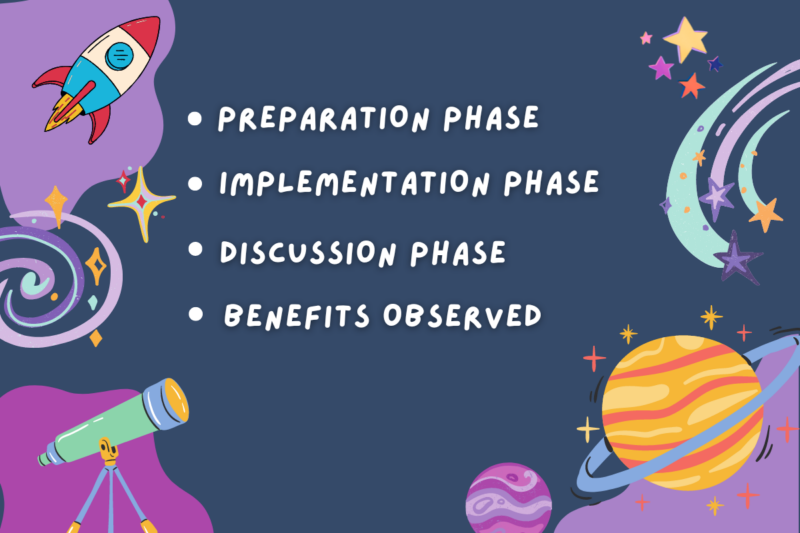
Preparation Phase
- First, I select a topic we’ve recently covered in class, such as the water cycle, basic algebra, or literary devices.
- I developed a series of multiple-choice questions that range in difficulty. These questions are designed to test students’ understanding of key concepts and encourage critical thinking.
- After creating the questions, I upload them to the chosen platform, setting up the quiz. I include images or short videos when possible to make the quiz more engaging and to cater to visual learners.
Implementation Phase
- I introduce the quiz at the start of the class, briefly explaining how the platform works and what the quiz will cover. This sets the stage and builds excitement.
- Students use their smartphones to join the quiz using a unique code I provide. They answer questions in real time, with each question timed to add a sense of urgency and competition.
- As students submit their answers, they receive immediate feedback on their responses. This instant feedback is crucial for reinforcing learning and correcting misconceptions on the spot.
Discussion Phase
- After the quiz, we review the questions as a class. I highlight common mistakes and explain the correct answers in detail. This review session encourages group discussion and allows students to ask questions.
- I encourage students to reflect on their performance and the material. We discuss strategies for improving understanding in challenging areas.
Benefits Observed
- Students are more engaged and participate actively during these quizzes. The competitive element and real-time feedback keep them motivated.
- The immediate feedback and subsequent review sessions help students solidify their understanding and address any areas of confusion.
- These quizzes are adaptable to any subject or grade level, making them a versatile tool in my teaching arsenal.
By integrating smartphones into my lessons, I can complement and enhance traditional teaching methods.
I take advances of these devices to share additional resources like videos or podcasts, which can offer new viewpoints or simplify complex ideas.
Norries, Hossain, and Soloway (2011) in their study demonstrated that students’ achievement increase significantly when students use mobile learning devices, including smartphones, during learning time. This is because their time-on-task completion will increase as they have the device at hand. Norries et al. (2011) also found that students were constantly using the smartphone camera to take pictures of abstract concepts taught in class so that later they could relate them with the concrete ideas. Malaysian Online Journal of Educational Technology
2. Facilitating Communication
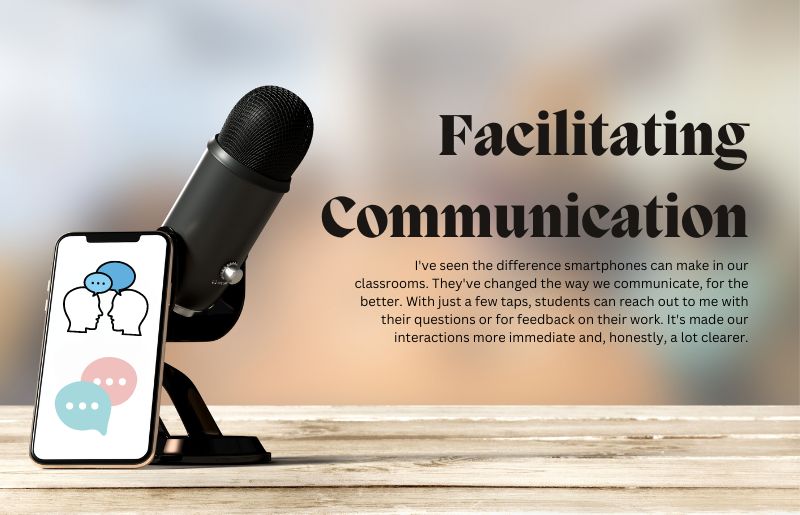
‘ve seen the difference smartphones can make in our classrooms. They’ve changed the way we communicate, for the better. With just a few taps, students can reach out to me with their questions or for feedback on their work. It’s made our interactions more immediate and, honestly, a lot clearer.
This is a big win, especially when a student needs that extra bit of help or encouragement.
And it’s not just about making things easier for us in the classroom. Smartphones have been a game-changer in keeping parents in the loop.
I can send updates about how their child is doing, share news about upcoming school events, or just give them a heads-up on homework.
It’s like we’re all part of a closer, more connected community.
Then there’s how students use their phones to work together.
It’s pretty cool to see them sharing resources, hashing out ideas in group chats, or co-creating projects, even after school hours.
It goes beyond just making learning more interactive; it’s about teaching them to collaborate and support each other, skills that they’ll use well beyond their school years.
3. Supporting Various Learning Styles
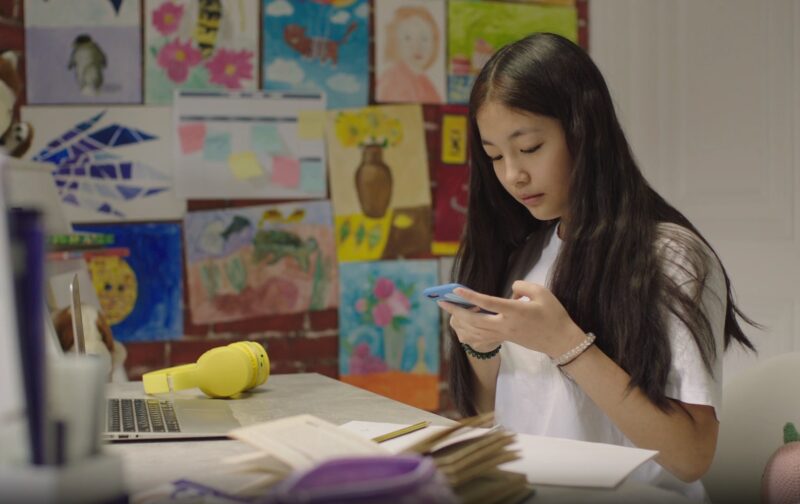
Whether students learn best visually, through listening, or by doing, mobile phones offer something for everyone.
This adaptability is key in making learning more accessible and effective across our diverse student body.
Smartphones have been particularly revolutionary for students with special needs in our classrooms. They are crucial for their easier understanding of things
Use of Smartphones had created new opportunities for individuals with developmental disabilities for the meaningful engagement in different activities during the pandemic situation. Online learning provided extensive opportunities for individuals during those pandemic days when everything is closed due to the fear of transmission of COVID-19. Similarly individuals with developmental disabilities are also getting opportunity to learn online through Smartphone. Special educators were conducting online classes with students with developmental disabilities to make them meaningfully engaged during this pandemic situation. Priti Arun
4. Emergency and Safety
In situations like school emergencies, fires, gas leaks, or injuries, being able to quickly use my phone is crucial. It lets my students alert authorities or their parents quickly, saving important time.
Features like sharing location are especially important in these moments.
Also, when unexpected things like family issues or transportation troubles happen, having their phone means they can easily reach out to me or someone in guardian.
This direct communication not only lowers stress and confusion but also strengthens feelings of safety and preparedness.
Summary
It’s becoming increasingly clear to me that smartphones have much more to offer in education than their typical uses for communication or entertainment. They have the potential to be invaluable educational tools.
By improving access to information, accommodating various learning styles, and enhancing communication between teachers, students, and parents, smartphones could greatly enrich the educational experience.
Nonetheless, integrating smartphones into classrooms requires careful planning and strict guidelines to ensure we tap into their benefits while avoiding distractions or misuse.
As a mentor, I share my knowledge with educators worldwide, believing in the power of collective wisdom to shape a better future.
My leadership has turned Talks With Teachers into a haven for educators to grow and celebrate their profession, truly embodying the organization’s pioneering and caring ethos.
Related Posts:
- 4 Authors Nurse Educators Should Recommend to Their Students
- Essential Back to School Checklist for Teachers -…
- What Is a Title 1 School - The Impact on American Education
- 5 Worst School Districts in California 2024:…
- 5 Non Fiction Articles to Pair with Classic High…
- The Transformative Impact of Speech-Language Therapy…

